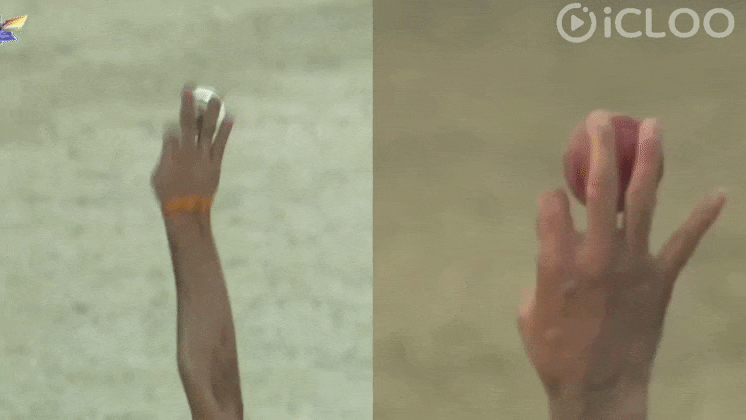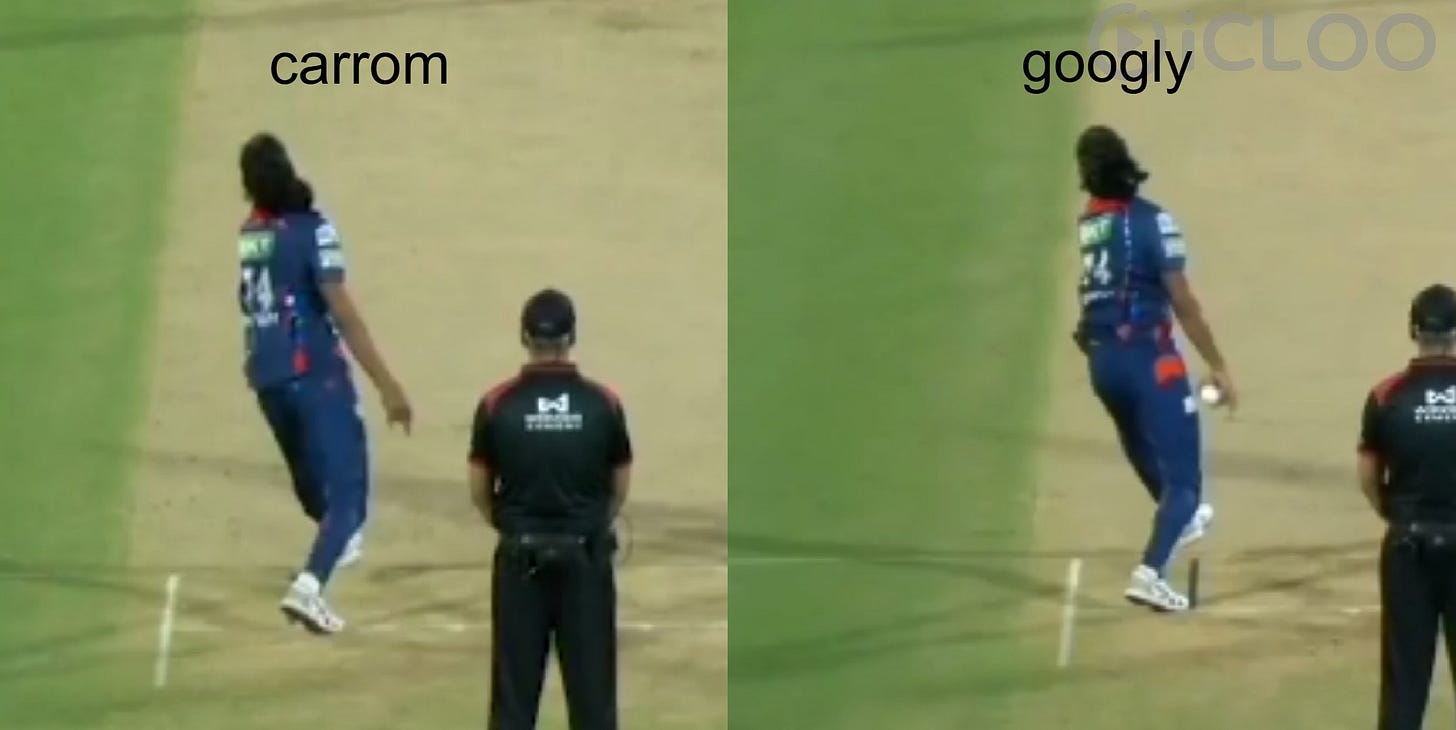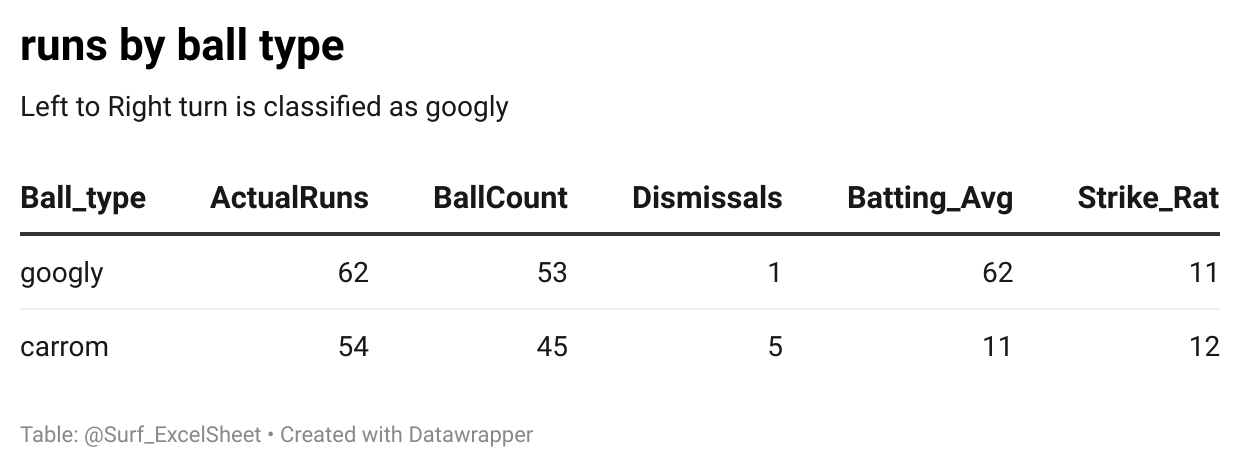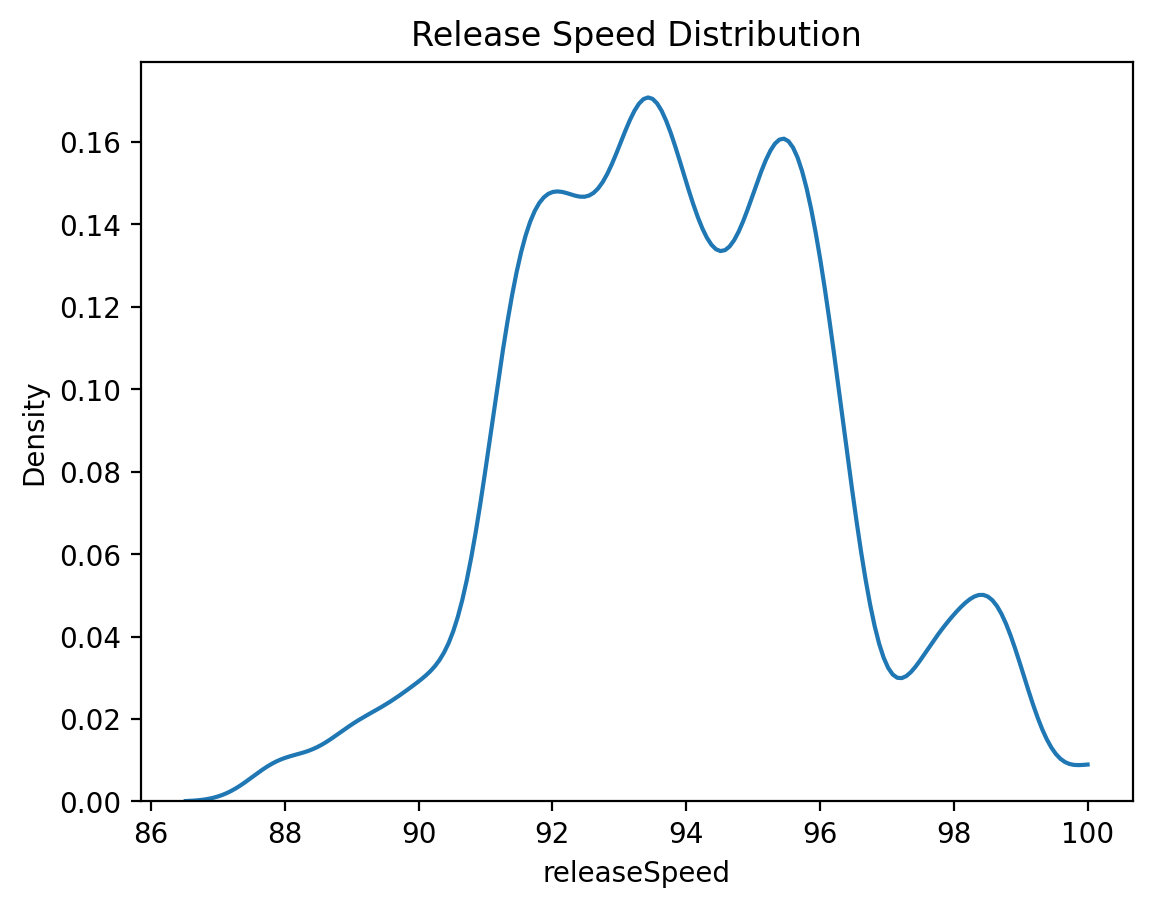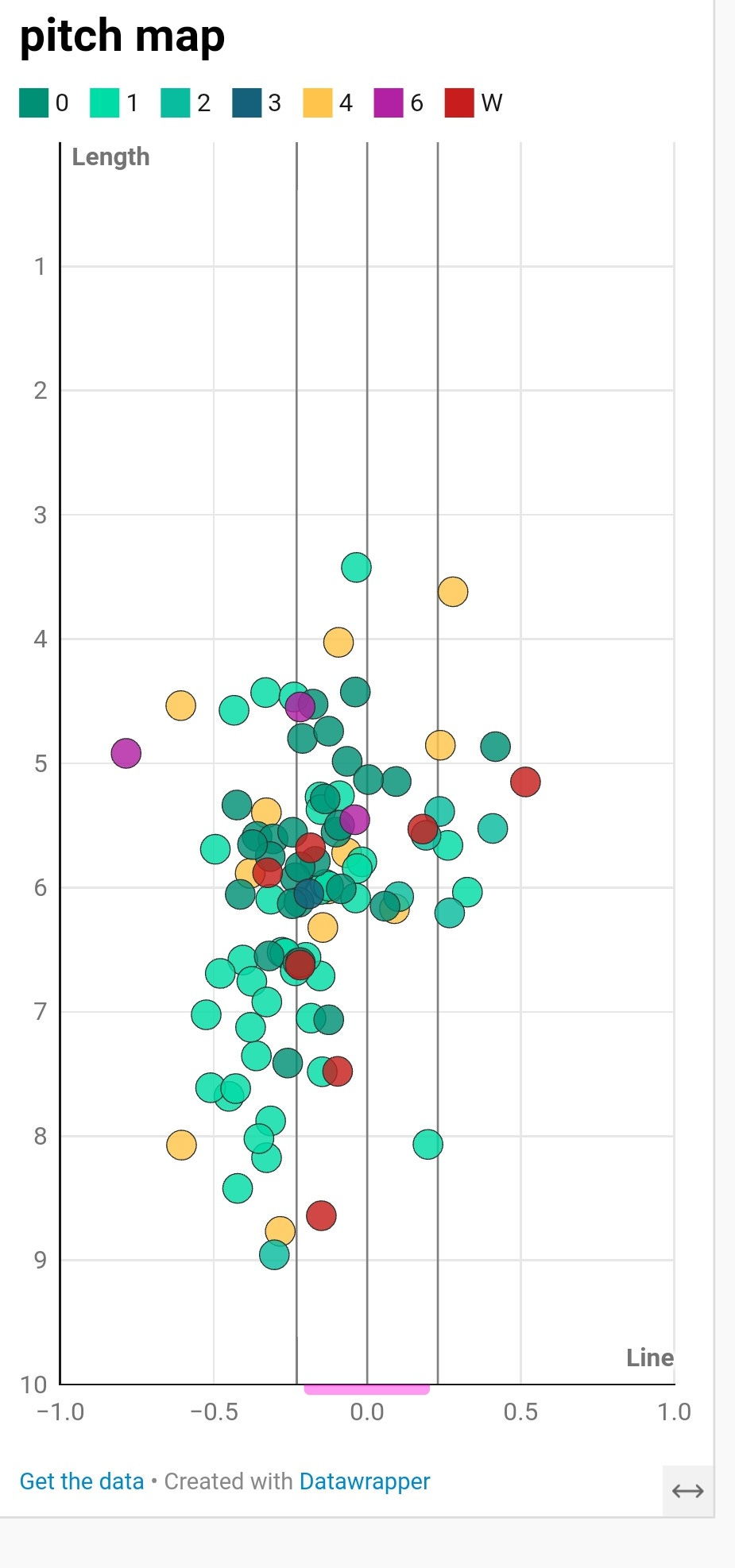Digvesh Rathi: Built in the Lab of T20
Digvesh has been one of IPL 2025’s most efficient bowlers—outbowling bigger names with pace, precision, and mystery, all backed by T20-native intelligence.
Bowling in the IPL has only gotten tougher—flat pitches, deeper batting lineups thanks to the impact sub, and relentless intent from the top order have made containment a rare skill. For Lucknow Super Giants, the challenge has been even steeper. With a young, inexperienced attack and injuries to key seamers, their bowlers have struggled—every one of them going at over 9.5 runs per over.
Except one.
Digvesh Rathi, a mystery spinner in his debut season, has quietly brought a rare sense of control.
7 wickets in 5 games, full quota bowled each time, economy of 7.75—5th best in the tournament—in a season where even established names like Rashid Khan, Yuzvendra Chahal, Adam Zampa, and teammate Ravi Bishnoi have gone at well over 10 an over.
Born into the rhythms of T20, Rathi is a natural product of its evolution. He turns the ball both ways, zips it through the air, gets bounce others can't, and does it all with precision.He’s never mentioned Warne or the classical greats—but he often brings up Sunil Narine, whose ball-hiding setup he mimics, and Wanindu Hasaranga, a modern hero he admires. There’s bite in his bowling and brains in his theatre—Digvesh doesn’t just play the game, he plays with it.
This feature breaks down what makes his bowling tick—his variations, his speed, the lengths he hits, and how he’s crafting success not just through mystery, but through method, maturity, and modern T20 design.
Digvesh has two main variations—the googly(deviates right) and the carrom ball(deviates left). That two-directional threat keeps batters guessing, a crucial edge in T20 cricket where single-direction spin, especially turning into the arc, is far easier to line up.
His googly is like Ajantha Mendis’ — flicked from the back of the hand, released with a flick of the middle finger, while the index and thumb anchor the grip. Since he bowls them with a scrambled seam, more tend to drift in the same direction as they turn.
One of his key strengths is the bounce he extracts from the googly—born from a high release point (209 cm) and heavy overspin. In the clip below, Faf signals to his partner, surprised by how steeply it climbed
The higher release point means the ball spends more time in the air before pitching, allowing it to dip later and sharper—while also hitting the surface from a steeper angle, which helps it climb at the batter.
Among all deliveries spinning left to right this IPL, only Rashid Khan and Adam Zampa have generated more dip. Among all deliveries spinning left to right this IPL, only Rashid Khan and Adam Zampa have generated more dip. Mujeeb Ur Rahman has been using the same method to bowl googlies—but Digvesh's version does far more in the air and off the pitch. Compared to Mujeeb, Digvesh is generating an impressive 0.3 m/s2 of additional dip. To put that in perspective, even 0.2 m/s2 of dip can make a delivery land 30 centimetres shorter than expected. It’s a rare combination: heavy overspin, high pace, and a tall release that drags the ball down late and then rips off the surface
Generally, his googly arrives with a scrambled seam, causing drift in the same direction as the spin. That, combined with bounce from a 209 cm release point, makes it a nightmare—especially for left-handers. It drifts and turns away to finish outside off stump—wide of the left-hander’s arc. It’s not full enough to step hit down the ground and using feet brings the stumping into play. Slog-sweeping against the angle and steep bounce is equally risky. For left-handers, the only real counters are the switch hit or the cut—both ways to access the ball without playing into its strengths
Against right-handers, those same attributes— pace, angle, and turn—work differently: they squeeze the batter for room, take away swing of the arms, and rarely offer the width to free the hands
Watching him bowl googlies is like watching Bishnoi with turbocharged kick.
He bowls the carrom ball in an unconventional manner. Unlike most practitioners—like R Ashwin—who use the thumb and index finger to grip and the middle finger to flick and impart backspin, he relies on a different action. His version is driven by sidespin: the ring finger rolls up while the index finger comes down, imparting an anti-clockwise rotation. It’s mostly sidespin, with a touch of underspin and topspin, which means the spin axis isn’t always perfectly aligned towards point. Depending on the surface and which part of the ball lands—it either turns away or skids on straight.
Batters can watch the hand at release to pick him. Googlies are from front of the hand while carrom balls are from back of the hand. But picking the variation a little early can also be useful. Less part of the ball is visible when he brings his hand from hidden position to gather position for googly. More of the ball is visible for carrom.
Also his googlies are bowled from wider of the crease compared to his carrom balls. Because if he bowls his googlies from too close to the stumps they can go down the legside of the right hander.
He uses his variations differently depending on the batter. Against right-handers, 43 of his 60 deliveries have been carrom balls going at just 7.2 runs per over and accounting for four of his five carrom-ball wickets. Against left-handers, its almost exclusively the googly. 36 of 38 deliveries with an even tighter economy of 6.0
It’s easy to get caught up in the mystery. But the real pillars of Digvesh’s success are his pace, bounce, and control of length—arguably more valuable than the variations themselves. Nearly every ball he delivers clocks in between 90 and 100 kph, skidding off the surface and denying time.
He rarely goes too full—just three of his deliveries have landed inside four metres. The bulk arrive in the 5–8 metre range, and in the 7–8 metre pocket, he hasn’t conceded a single boundary
What sets Digvesh apart is how he delivers them: fast, consistent, and with work on the ball. He doesn’t just toss them in as tricks. Even Skilled part-timers like Riyan Parag or Abhishek Sharma offer multiple variations—but not with his pace and consistency.
When he dismissed his Delhi Premier League teammate Priyansh Arya, he pulled out the notebook—clean, cocky, and instantly viral. The result? Two demerit points. He tried again in the next match, this time from a distance—still got pinged for one more. One point away from suspension, most would’ve let it go.
Not Digvesh.
When he dismissed his idol, Sunil Narine, at Eden Gardens—a moment made for theatre—Digvesh bent down and started scribbling… on the grass. Not technically a celebration, not technically on the pitch. Just a mystery spinner jotting down notes on nature’s notepad. Loophole located. Drama delivered.
Because of course he found a way. Of course he had to do it.
He’s a character. The good kind. The kind that makes the game more fun.








